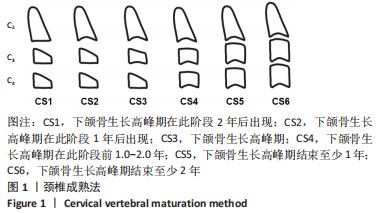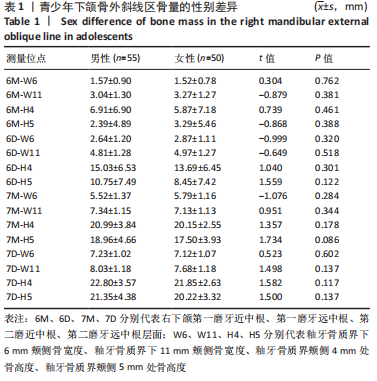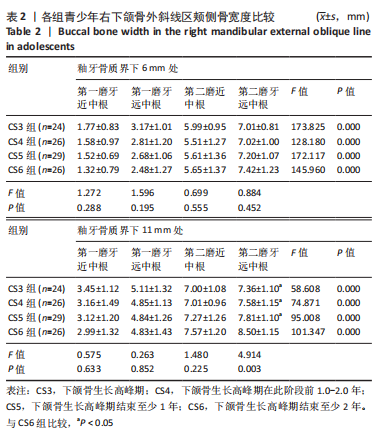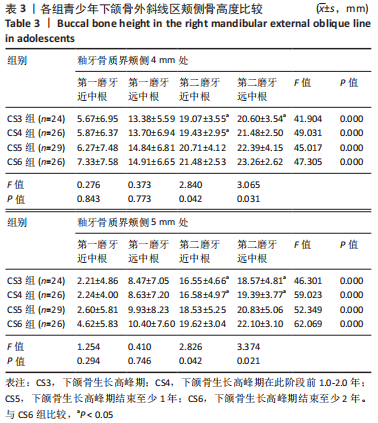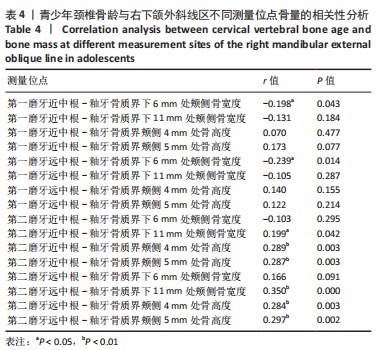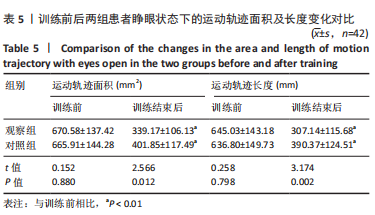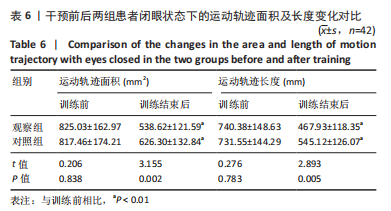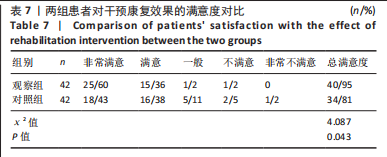中国组织工程研究 ›› 2024, Vol. 28 ›› Issue (8): 1259-1264.doi: 10.12307/2024.208
• 肌肉肌腱韧带组织构建 tissue construction of the muscle, tendon and ligament • 上一篇 下一篇
前交叉韧带重建后Pro-kin平衡系统训练患膝本体感觉和平衡功能的评价
张熙辉,李峥嵘,李仕能,邢增宇,王 蛟
- 海南省中医院,海南省海口市 570203
Effect of rehabilitation training guided by Pro-kin balance system on proprioception and balance function of the affected knee after anterior cruciate ligament reconstruction
Zhang Xihui, Li Zhengrong, Li Shineng, Xing Zengyu, Wang Jiao
- Hainan Traditional Chinese Medicine Hospital, Haikou 570203, Hainan Province, China
摘要:
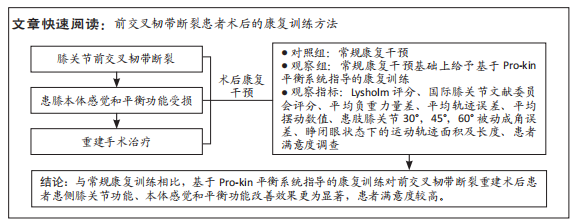
文题释义:
Pro-kin平衡系统:是目前临床康复医学常用的一套利用视觉反馈对人体进行全面动静态平衡训练与评估的系统,其通过为患者提供实时的视觉反馈来使患者及时调整自身姿势的对称性以及重心偏移,最终达到提高患者下肢本体觉、躯干控制能力和关节稳定性的康复效果。本体感觉和平衡功能:本体感觉即为躯体意识,不仅包括躯体对自身移动的速度与距离的感知,还包括躯体在空间中位置的感觉;平衡功能则包括静态与动态平衡,其是指躯体在受到外力作用或需维持某种姿态时,身体自动调整以维持姿势稳定性的一种能力。本体感觉及平衡功能的减弱会引起姿势反射性不稳,进而影响膝关节功能的康复效果。
背景:Pro-kin平衡系统指导对脑卒中患者的下肢本体感觉及躯干控制功能有较为优良的康复效果,但其对前交叉韧带重建术后患者患膝本体感觉和平衡功能影响的报道较少。
目的:探讨基于Pro-kin平衡系统指导康复训练对膝关节前交叉韧带重建术后患膝本体感觉和平衡功能的影响。方法:纳入2021年1月至2022年8月海南省中医院收治的84例前交叉韧带断裂重建术后患者,采用随机数字表法分为观察组与对照组,每组42例。对照组患者术后接受常规康复训练,观察组患者术后在接受常规康复训练的基础上给予基于Pro-kin平衡系统指导的康复训练,持续训练8周。训练前及训练结束后,采用Lysholm评分、国际膝关节文献委员会评分评估患者膝关节功能变化,平均负重力量差、轨迹误差、摆动数值及患肢膝关节30°,45°,60°被动成角误差评估患膝本体感觉变化,睁眼、闭眼状态下的运动轨迹面积及长度评估患者平衡功能变化,并调查两组患者对康复训练的满意度。
结果与结论:①训练结束后,两组患者Lysholm评分、国际膝关节文献委员会评分均高于干预前(P < 0.01),且观察组上述评分高于对照组(P < 0.01);②训练结束后,两组患者平均负重力量差、轨迹误差、摆动数值均小于干预前(P < 0.01),且观察组上述指标检测值均小于对照组(P < 0.01);两组患者患肢膝关节30°,45°,60°被动成角误差均小于干预前(P < 0.01),且观察组上述被动成角误差均小于对照组(P < 0.05,P < 0.01);③训练结束后,两组患者睁眼状态下的运动轨迹面积及长度均小于干预前(P < 0.01),且观察组上述指标检测值均小于对照组(P < 0.05,P < 0.01);两组患者闭眼状态下的运动轨迹面积及长度均小于干预前(P < 0.01),且观察组上述指标检测值均小于对照组(P < 0.01);④观察组患者对干预康复效果的满意度高于对照组(95%,81%,P < 0.05);⑤结果表明,与常规康复训练相比,基于Pro-kin平衡系统指导的康复训练对前交叉韧带断裂重建术后患者患侧膝关节功能、本体感觉和平衡功能的改善效果更为显著,患者满意度较高。
https://orcid.org/0000-0002-5777-7182(张熙辉)
中国组织工程研究杂志出版内容重点:组织构建;骨细胞;软骨细胞;细胞培养;成纤维细胞;血管内皮细胞;骨质疏松;组织工程
中图分类号:
